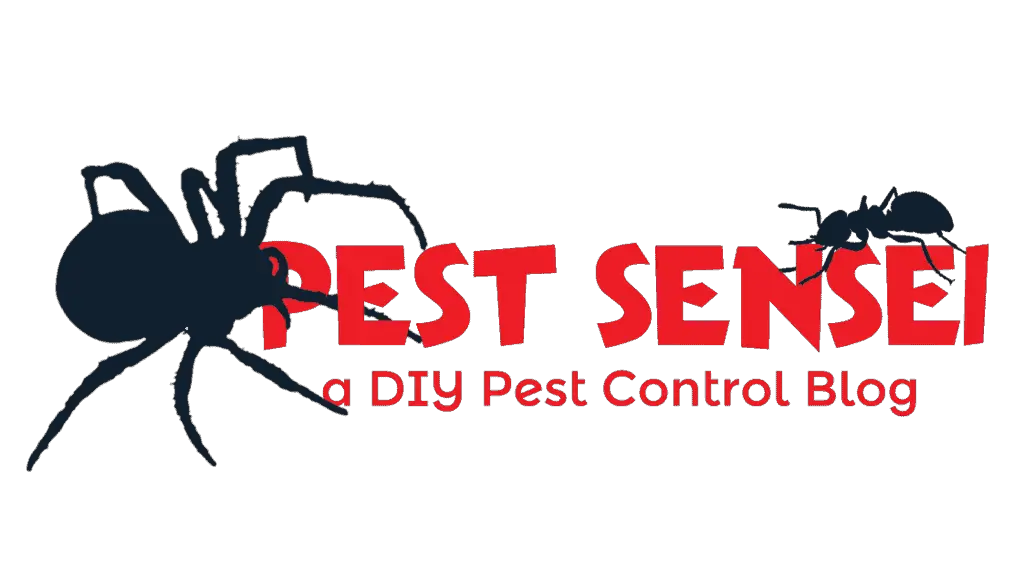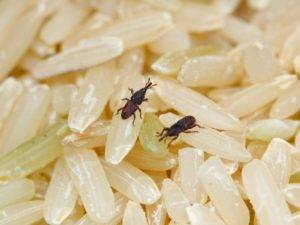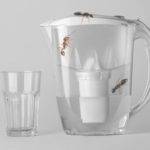If you find yourself purchasing rice but don’t frequently cook it, it’s highly likely that you may come across rice worms or rice weevils. Failing to address this issue promptly can lead to its escalation, resulting in the presence of numerous rice weevils within your rice supply. In this article, we will provide you with practical guidance on effectively managing rice weevils infestations.
- Understanding Rice Weevils
- Understanding Infestations in Rice
- Consuming Rice Infested with Weevils: Considerations and Remedies
- Natural Methods to Eliminate Rice Weevils Without Chemicals
- Preventing Further Infestation: Steps to Safeguard Your Rice Supply
- Remedies that May Not Effectively Eliminate Weevils
Understanding Rice Weevils: A Brief Introduction
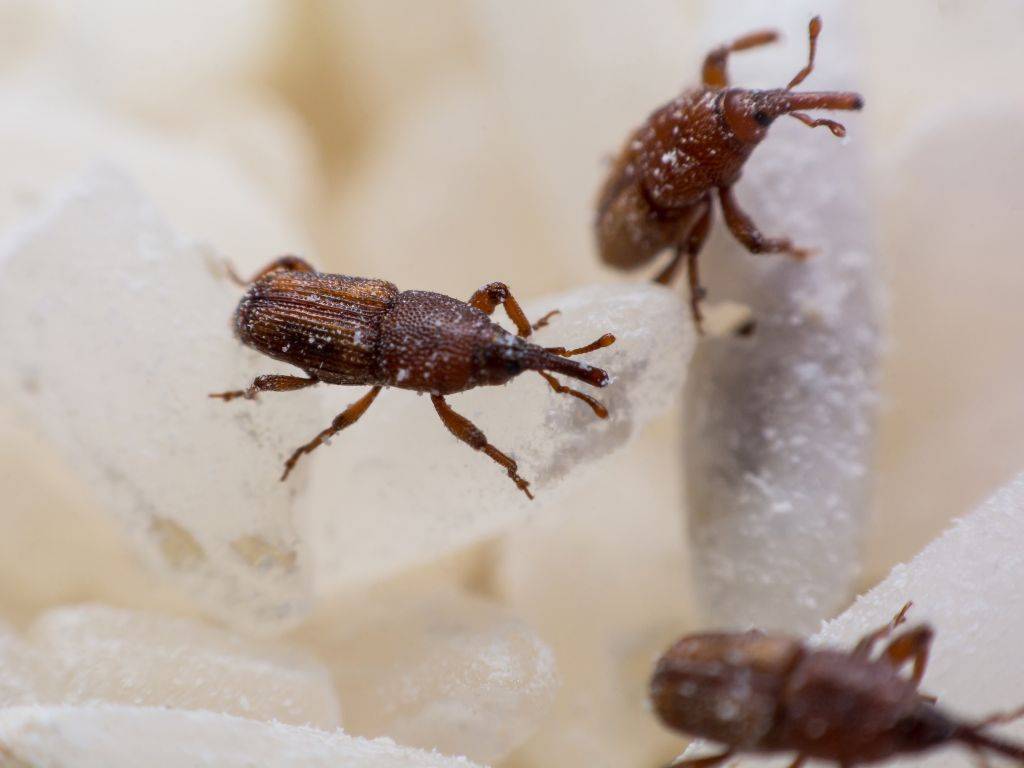
To begin, let’s gain a clear understanding of what rice weevils are and the impact they can have on your rice supply.
Rice weevils, also referred to as rice worms, are small insects approximately 2.5-3.5 mm in length. One distinguishing feature of these weevils is the presence of a distinct snout on their heads, contributing to their unique appearance. Their coloration tends to be a dark shade of brown.
In terms of their life cycle, rice weevils undergo a complete metamorphosis. The female weevils create a hole in the rice grain to deposit their eggs. A single female has the ability to lay an impressive number of eggs throughout her lifetime, ranging from 300 to 400.
The eggs hatch into cream-white larvae. These larvae remain in the rice kernel, and consume the rice kernel for a duration of 2-3 weeks until they transform into pupae. After a span of six days, the pupae mature into adult weevils. These adults continue to inhabit the kernel for a few more days before eventually exiting. Remarkably, adult weevils can live for an additional 3-6 months.
It’s important to note that rice weevils are not solely limited to rice as their food source. They can also feed on other cereals, including wheat and barley.
Because the rice weevils contaminate and compromise the taste and nutritional value of your rice supply, they need to be dealt with quickly.
Understanding Infestations in Rice
One may wonder why rice weevils tend to appear in their rice supply. It is important to recognize that rice weevils are commonly encountered pests within the rice industry, capable of infesting not only rice but other grains as well. To combat these pests, it is a standard procedure to treat the grains with pesticides, either through fumigation or pesticide mixing.
However, it is worth noting that these treatments do not penetrate the rice kernel itself, leaving the eggs and larvae unaffected. Additionally, these treatments are designed to minimize any long-lasting residue for the sake of health and safety.
Consequently, even when rice has undergone treatment, there remains a risk of reinfestation either from the survived immatures or due to cross infestation and improper handling practices.
For homeowners, it is often the case that the infestation has already taken place prior to the purchase of the rice.
Consuming Rice Infested with Weevils: Considerations and Remedies
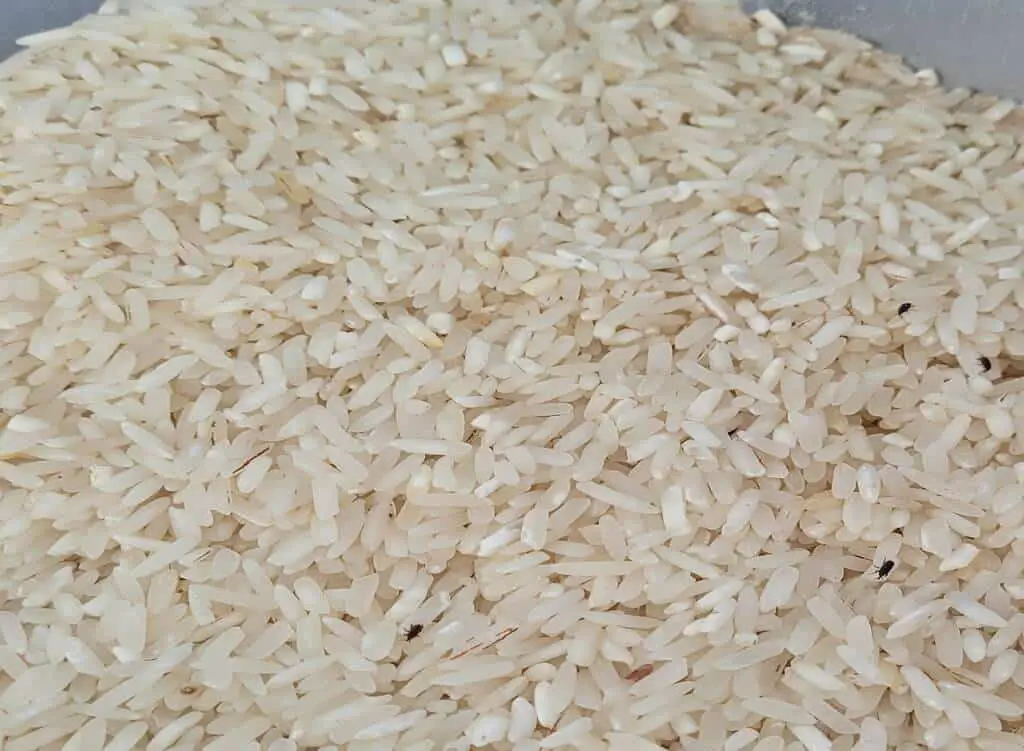
When it comes to weevil-infested rice, it is generally safe for consumption as weevils are not known to carry any diseases. However, it’s important to be aware that the infestation can result in hollow rice kernels that offer limited nutritional value, as they have already been consumed by the weevils.
To address the issue of hollow rice kernels, simply rinse the rice with water repeatedly. The hollow kernels tend to float on the water’s surface, allowing for their easy removal from the rice.
If you have a very serious infestation, it is probably not worth the effort. You should bag and dispose of the infested rice.
Natural Methods to Eliminate Rice Weevils Without Chemicals
To get rid of rice weevils, you have the option to employ non-chemical methods that rely on extreme heat or cold. Below, you will find a range of techniques to choose from or combine, according to your preference.
Exposure to Sunlight

To begin, transfer the infested rice to a large tray and spread it out thinly. Place the tray under direct sunlight, allowing the heat to drive away the weevils. Spreading the rice thinly facilitates better heat penetration, ensuring that all weevils can be affected by the heat and forced to leave.
This method is effective in swiftly eliminating adult weevils from the rice. However, it may not entirely eradicate all larvae or eggs residing within the rice kernel.
Heating in Oven

Another approach involves heating the infested rice in an oven at a temperature of 66 °C (150 °F) for 20 minutes. It is important to spread the rice thinly to ensure even heat distribution and periodically stir the rice for better coverage.
An inherent challenge of this method is that some weevils may attempt to escape the heat, resulting in potential mess as they die within the oven. Depending on the quantity of infested rice and the size of your oven, treating the rice in batches may be necessary, making the process time-consuming.
Weevil-Freezing Technique

For this method, place the infested rice inside ziplock bags to prevent weevils from escaping. Then, freeze the bags at a temperature of -18 °C (0 °F) for four days. This cold treatment effectively eliminates all life stages of the weevils. If space is limited in your freezer, you can divide the infested rice into smaller batches.
One drawback of this technique is that the dead weevils will remain within the rice. Thoroughly washing the rice before cooking becomes necessary, albeit somewhat inconvenient.
A recommended approach is to initially expose the rice to sunlight to drive away adult weevils and subsequently place it in the refrigerator to eliminate any remaining immature stages.
Preventing Further Infestation: Steps to Safeguard Your Rice Supply
Aside from treating the infestation, it is important to implement some preventive measures to safeguard your rice supply, and minimize the risk of future weevil infestations.
Clean the Infested Rice Container
Ensure to thoroughly wash the container that held the infested rice. This helps eliminate any remnants of weevils, preventing future infestations when storing new or treated rice in the same container.
Vacuum and Clean the Infested Area
In cases of heavy infestation, it is important to vacuum the surrounding area where the infestation occurred. This prevents the spread of weevils to other grain or cereal products. Using pesticides is unnecessary for home settings.
Store Grains and Cereals in Airtight Containers
While addressing the infested rice, remember that rice weevils can also infest other grain and cereal products. Store these items in airtight containers to prevent cross-infestation and the potential spread of weevils to other food sources.
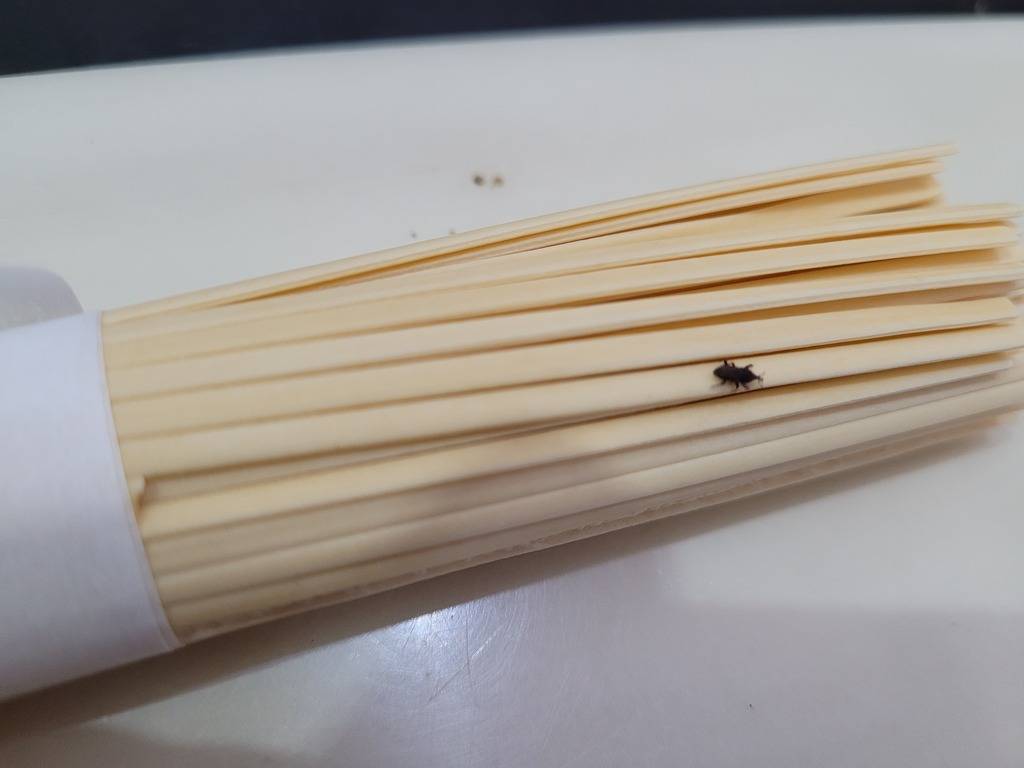
Promptly Clean Grain and Cereal Spillage
On top of whole grains, rice weevils can feed on spilled cereal products such as flour and pasta. To minimize the risk of weevil infestation, promptly clean up any spills to prevent attracting and providing a food source for the pests.
Check Packaging and Manufacturing Dates
When purchasing rice, inspect the packaging to ensure it remains intact. Weevils may infest rice packs if there are openings in the packaging. Additionally, older stocks may have a higher likelihood of infestation compared to newer stocks.
Opt for Smaller Pack Sizes
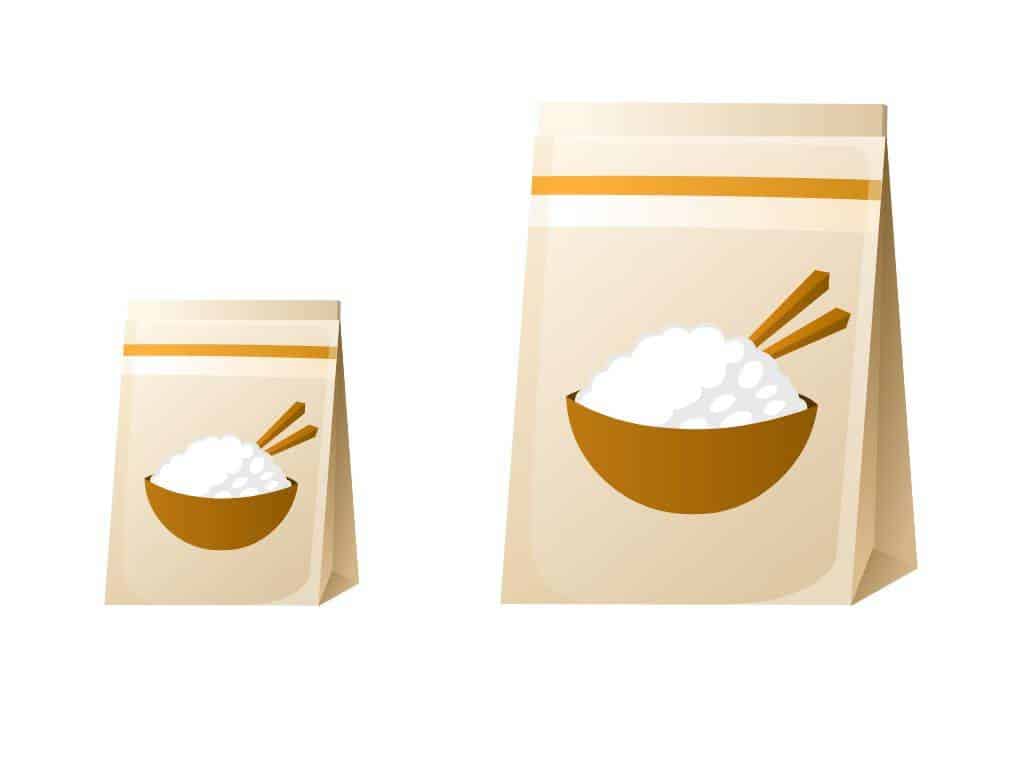
If you consume rice infrequently, consider purchasing smaller pack sizes. By doing so, you reduce the chances of encountering weevils, as you would have consumed the rice before they develop into adult weevils.
Consider Instant Rice
For those who don’t frequently cook rice, instant rice can be a viable option. While it may have a slight nutrient loss compared to whole rice, it is pre-cooked and sealed in bags, minimizing the chances of weevil presence.
By implementing these preventive measures, you can safeguard your rice supply and minimize the risk of future weevil infestations.
Remedies that May Not Effectively Eliminate Weevils
When searching for solutions to combat weevil infestations in your rice supply, it’s crucial to discern between effective and ineffective remedies. While numerous suggestions may be found online, not all of them yield satisfactory results. Below are some of the remedies that will disappoint you.
Washing Infested Rice with Vinegar
It is unnecessary to rinse infested rice with vinegar. Simply rinsing the rice with water alone can effectively drown the weevils. However, multiple rinses and stirring may be required to completely remove the weevils.
It’s important to note that some dead weevils may remain in the rice, as they do not necessarily float on the water. Additionally, if you do not intend to cook the rice immediately, you will need to dry it, which adds extra effort.
Using Natural Repellents like Neem Leaves and Spices
While natural repellents such as neem leaves and spices may have benefits for rice producers and storage facilities in terms of preventing weevil infestations, they are not suitable for homeowners. It is crucial to remember that the rice is likely already infested when purchased. Placing repellents around the rice container does not prevent infestation, as the infestation has already occurred.
